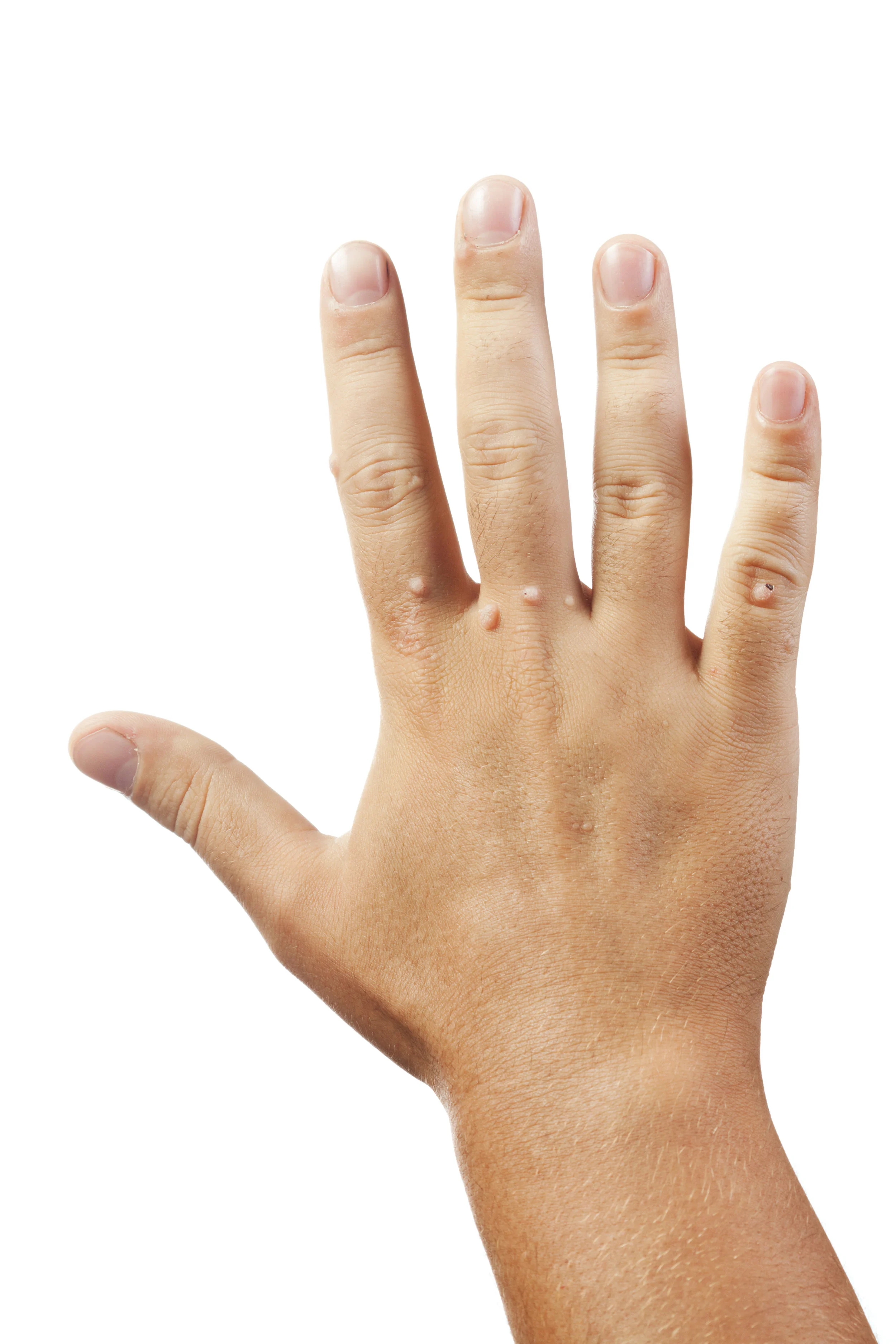Warts
Warts are non-cancerous skin growths that appear when a virus (human papilloma virus) infects the top layer of skin. Warts are contagious and can be spread through direct contact or something that has touched the wart. Warts are usually skin colored and feel rough to the touch, but can be dark, flat, and smooth.
Common warts (verruca vulgaris) usually grow on the fingers, around the nails, and the backs of the hands. They are more common where skin is broken such as biting fingernails or picking hangnails. They can have black dots that look like seeds.
Plantar warts (verruca plantaris) are common warts located on the soles of the feet. Most plantar warts do not stick up above the surface because the pressure of walking flattens them into the skin. Plantar warts can be painful and feel like a stone in the shoe.
TREATMENT
A variety of treatments are available depending upon the age of the patient, the location, and the type of wart.
- Cantharidin is a chemical that causes a blister to form under the wart. The dead tissue is then removed after about a week.
- Cryotherapy involves freezing with a cold liquid nitrogen.
- Bleomycin is an anti-cancer drug that may be injected into each wart. This is typically used for stubborn warts.
- Electrosurgery (burning) and curettage involves scraping. These treatments are often used together destroying the wart immediately.
To receive the best remedy for treating your warts, call 402-467-4361 to schedule an appointment.

